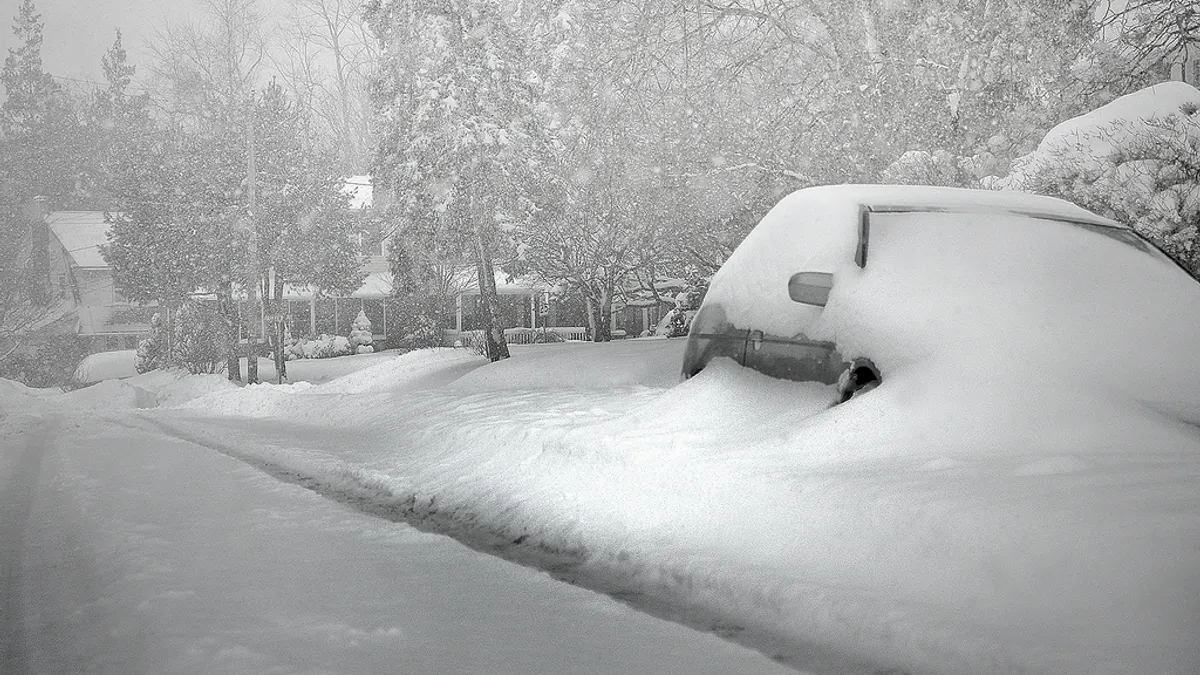Dive Brief:
- The nationwide cold snap last week left Kingsbury High School in Memphis too cold for school, with a gas leak partially to blame for the 70-year-old high school having no heat when temperatures dipped, Chalkbeat reports.
- Issues related to deferred maintenance and aging buildings are an ongoing concern for districts nationwide, and Kingsbury's heating and ventilation problems in particular have reportedly cost Shelby County Schools $70,000 in heating and air system repairs.
- The district is also considering plans for managing the high maintenance costs of its 28 aging buildings, with one option including consolidating two or three buildings into one to reduce overall maintenance costs.
Dive Insight:
Aging school buildings force districts to choose between making repairs or seeking funds to replace them altogether with newer, more energy-efficient facilities.
A 2016 State of Our Schools report from 21st Century School Fund, National Council on School Facilities and The Center for Green Schools shows districts spend about $46 billion less each year than necessary to maintain “healthy and safe” buildings. States typically only pick up about 10% of capital funding expenses, with the remainder dependent on local school district tax bases, a process that often leaves low-income districts with fewer funds.
As climate change brings extreme temperatures, aging buildings’ HVAC systems are taxed and often fail. An NCBI study found poor building conditions impact student absenteeism in upstate New York. Providing further proof that building conditions matter, the Tennessee Advisory Commission on Intergovernmental Relations found students learn more when in newer facilities.
Not only can older schools be uncomfortable, but they may also be unsafe, with lead, mold, water damage and pests adversely affecting students’ health. About one-quarter of the nation’s schools are considered aging, according to a study by the National Center for Educational Statistics.
The Rebuild America’s Schools Act could be one solution. If passed, the act would pump $70 billion in grants and $30 billion in bonds into the nation’s school system to renovate older buildings and improve their infrastructure.













